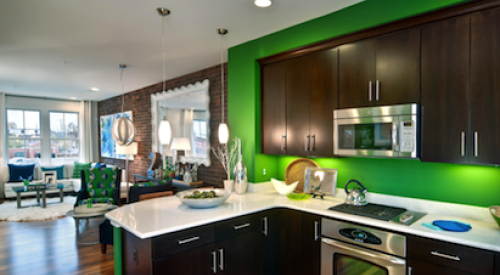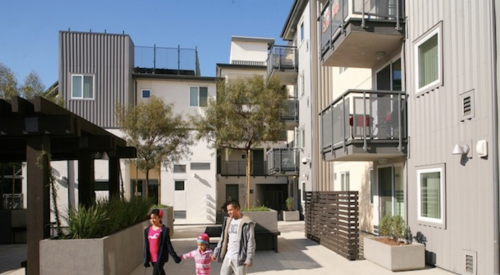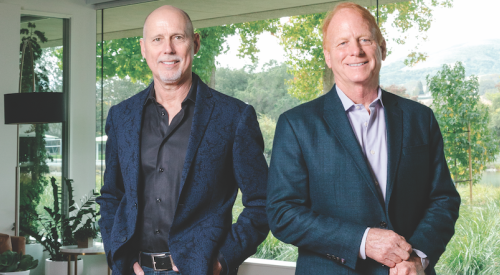|
Replacing eyesores like this Quonset hut with new housing feeds the professional and personal goals of Sarah Peck.
Photo by Bill Cramer |
PB: Is managing Progressive Housing Ventures different from managing Rouse Chamberlin Homes?
SP: At Rouse Chamberlin Homes, I faced the classic dilemma - running a big company took time away from my young children. In addition, we bucked the political system and, a lot of times, the neighbors, too. Even though we built well-developed, wonderful communities and prided ourselves on our relationships with the municipal entities, resistance to any new development kept getting greater.
At Progressive Housing Ventures, people want me to build. It also fills my hunger for work that is a little more challenging, creative and progressive in a social and public policy sense.
How do you define your marketplace?
We focus on infill opportunities in the inner ring suburbs, boroughs and towns in the greater Philadelphia area, with a concentration along the main line transit routes into downtown. Parcels are often passed over for some reason - the land backs up to an active train track, has some environmental issue, it's next door to an unattractive site, etc. Obstacles aside, the parcels are well located. To me, these sites are like the holes in doughnut, ready and waiting to be filled.
What does the entitlement and project approval process look like?
Many city fathers understand the opportunity new residential development holds. Their tax bases are withering, and new homes represent the opportunity for new revenue. That isn't to say it's always easy. Where a cohesive policy exists and a redevelopment plan is in place, the process moves along more smoothly. Really, the timeline flips for infill versus greenfield. The front end of the process is more complex - working with elected officials to build political coalitions, figuring out the public financing piece and securing grants, creating - where needed - a remediation plan, assembling a parcel where there are multiple owners. But the flip slide is that the approvals process goes a lot faster. It balances out.
Who are your buyers, and what do you build?
There is so much depth to this market. Buyers are young professionals who aren't having their housing needs met; empty nesters who don't want to move back into the city but want a low-maintenance alternative close to transportation, retail, etc.
Every site is different and necessitates a different product type tailored to its unique nature. Now we're building back-to-back townhouses, 18.8 units to the acre with two-car garages in a rear-loaded configuration. We've built condos and lofts with structured parking in an elevator-served, mid-rise building. High-density, single family homes are planned for another location. Coming up with creative solutions for sites excites me, and leaving an area better than it was before motivates me to keep at it.
Did you have to acquire new skills to succeed in infill building?
Not really, just rather refine the skill to re-visualize a piece of ground and see what it can become. I was anxious for a challenge, and this is it, but I'm really enjoying it.












